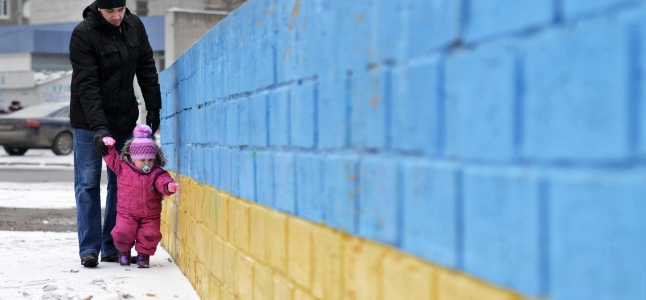Peace, rule of law, good governance and respect for human rights are key pillars for the development of Ukraine. The continuing military activities in the East, constant political turmoil, rampant corruption and distrust in justice are questioning the lessons from the Maidan revolution.
The justice system is at the epicenter of the debates within and outside the country. There is no doubt that an effective, independent and transparent judiciary is essential for Ukraine. It is also clear that the people of Ukraine, its businesses and international partners have little trust in the judiciary. But what can be done to improve the justice system?
In August 2015, HiiL asked 6500 randomly selected citizens from all regions of Ukraine. We interviewed men and women, people from the regions where were not under governmental control, internally displaced people, young and old.
On 1 March 2016 in Kiev HiiL will present the findings from this study to Ukrainian and international stakeholders. In this blog I will outline the three most important findings. They show challenges but also great opportunities for Ukraine. The bottom line is – the country needs innovative ideas to fill a great void of justice. Building more courts or extending the existing judicial system that is not sustainable. What can work is justice innovation which leads to the accessible and effective procedures with fair processes and outcomes.
This first finding is that many Ukrainian people need protection from the law – more than half (54%) of the respondents encountered serious justice needs in the past 4 years. There are millions of disputes, grievances, and crimes taking place in Ukraine every year. In order to continue with their lives, the Ukrainian citizens need fair and justice procedures that respond to justice needs in an empowering and constructive manner.

Secondly, there is a vast gap in what people can do to resolve their justice needs. Very small proportion of the justice needs ever reach courts. There are few other dispute resolution mechanisms in which a neutral decision maker resolves the problem in an objective and neutral manner. The most frequent pattern for responding to justice needs is self-action – for instance, contacting the other party. This is a considerable challenge because self-action without the shadow of the law can lead to the unfair processes and outcomes. We call this gap – the Justice Innovation space. This void is a challenge but also a great opportunity for the rule of law in Ukraine. On the one hand, this is where many justice needs remain unanswered. But, this is a space where Justice Innovation can deliver fair processes and outcomes. In this space, smart procedures designed with people’s needs in mind can respond to the justice needs of the Ukrainian citizens.

Thirdly, our study explores how people of Ukraine perceive the costs, the quality of the procedures and the quality of the outcomes of their justice journeys. The spiderweb chart below shows (1 means bad, 5 means good) how people rate the available justice journeys on 7 indicators of fairness and 3 indicators of costs. Significant improvements are possible in each dimension. Particularly urgent are the stress and negative emotions that the justice journeys inflict on the Ukrainian people. Every small improvement on these indicators will deliver more justice and fairness to millions of individuals.

Contact us to keep you updated with the final findings of the study Justice Needs in Ukraine: Legal problems in daily life.


